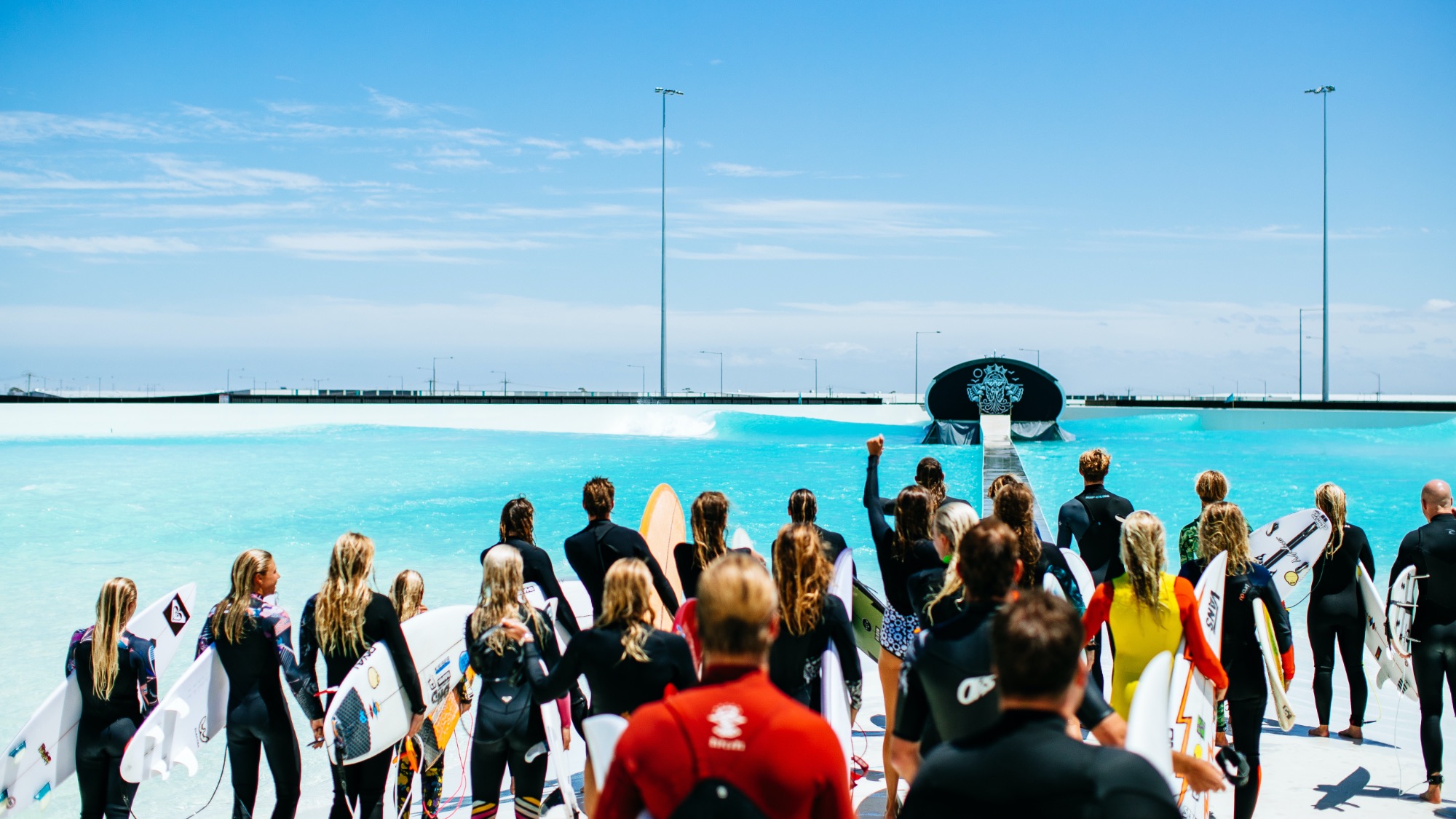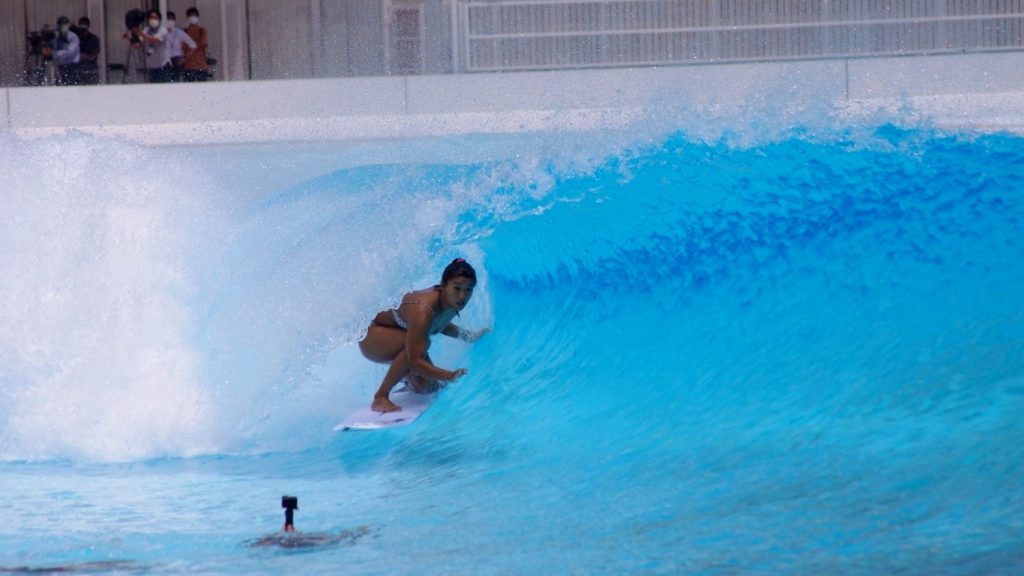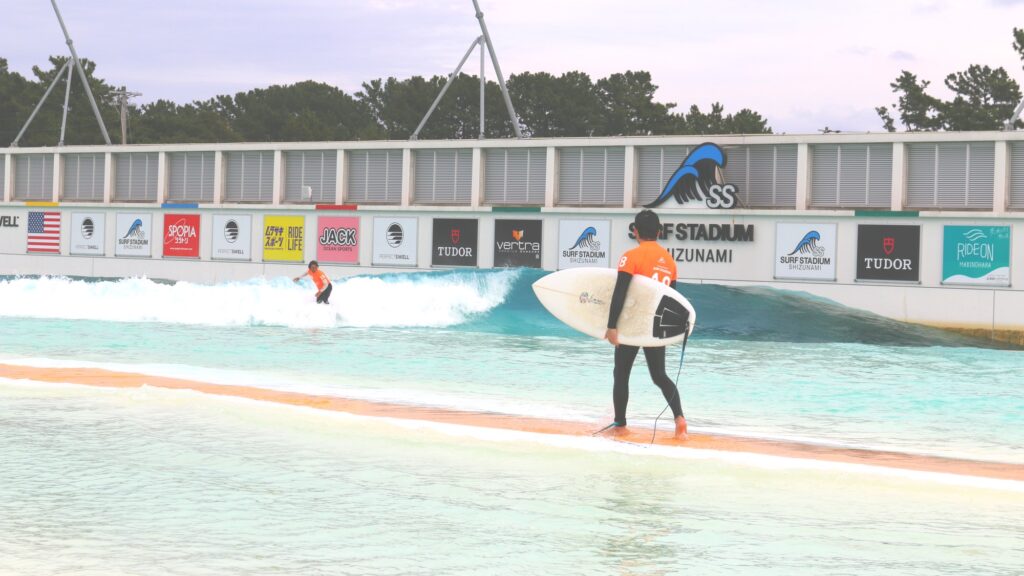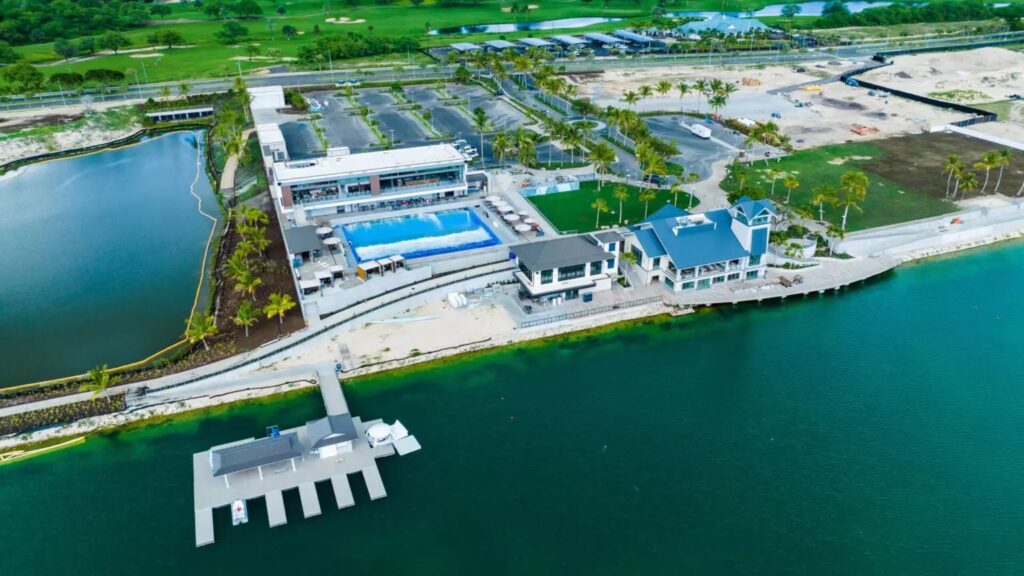You gotta keep that pool filled. Here’s what surf parks are doing to keep their sessions fully booked

What would it take to get you to open your wallet for a wave pool session? The answer to that question differs for everyone. Some people would pay whatever it takes, while others need a little incentive.
Looking to fill empty slots in pool sessions, some wave pools are getting creative with the marketing tactics they use to attract visitors. The Wave Bristol offers a 50% discount for a second surf if you book on-site after a session during winter hours. On June 1st Skudin Surf in New Jersey, USA sent out an email blast with a last-minute 10% discount valid until June 4th.
One common thread in many pools pricing strategies is seasonality. It’s harder to fill pool spaces during cold winters, particularly for beginner surfers who prefer warm weather and water.
The world’s most discussed pool, Kelly Slater Wave Co., for example, charges USD $75,000 to rent the pool for a day in the summer high season versus $55,000 in the winter low season.
In another example, URBNSURF in Melbourne, Australia sometimes offers a 20% discount on their left point break wave. (According to the Encylopedia of Surfing, only 35% of the world’s surfers are goofyfoots.)
“URBNSURF has experimented with a range of pricing strategies based on different variances such as time of day, side of the lagoon, type of session, cohort, season, weather and booking window,” said Hayley Wallace, Head of Marketing. “These experiments have given us a great set of data to inform future pricing strategies including our current seasonal variable pricing.”

Surf Stadium in Makinohara, Japan can attest to this challenge for pools in places with harsh winters. According to Shunichi Matsuuchi, Assistant General Manager of Surf Stadium, winter courses for beginner surfers are the hardest sessions for them to fill.
His pool avoided seasonal variable pricing by offering free winter surf gear (boots, gloves, hoods) and first-time surf discounts.
“[The free rental] incentive was well-received by those who did not have the necessary winter gear,” said Matsuuchi. “And [the first-time discounts] provided a good opportunity for people who felt that the initial entry barrier was high.”
Surf Stadium’s incentives are not limited to just winter rentals and first-timers. They also offer 25% discounts for summertime intermediate sessions and multi-session bundles that save 10-20% per session.

The jury is still out how successful the bundle strategy has worked.
“It is unclear whether the multi-session deals had a significant impact,” explained Matsuuchi. “We are observing the behavior of repeat customers to determine if the purchase of the multi-session ticket led to an increase in pool usage or if the same usage frequency would have occurred without the ticket. Data analysis is necessary.”
The LineUp at Wai Kai on Oahu, Hawaii is another example of a pool offering an array of incentives. They’ve told WavePoolMag that Monday through Thursday mornings are the hardest slots to fill when people are generally at work or school.
Strategies to fill slots and create loyal customers range from 40% discounts for locals, multi-session bundles, three-session programs to teach beginners how to surf, and creating packages that bundle various facets of the facility – surfing, lagoon access, private clubhouse, and cabanas.
When asked what has been most successful, Skip Taylor at The LineUp, said, “The Kama’aina 10-pack [bundle] that brings the average per-session rate to $56 [has worked best]. I know one guy who burned through four of them in the first month of operations.”

On the other hand, the strategy that has been least successful is allowing private buyouts of pool sessions.
“We positioned private buyouts as a “premium,” said Taylor. “It’s more than the price of adding up all ten slots in the session because we felt that controlling an entire session with your crew is worth a premium. However, people quickly figured out they could just buy all ten spots in a session online and avoid the premium pricing. Now we are figuring out how we adjust to that.”
There are a lot of factors that play into a pool’s need to incentivize the purchase of sessions – the local market, wave quality, pricing, etc. Some pools, like Waco Surf, for example, are nearly booked to capacity and don’t have to budge much to sell slots.
The wave pool sector as a whole is still in its infancy. The amount of pools around the world using the latest competing technologies are relatively few. But in the future if wave pool development maintains its current trajectory, competition between pools will become a much more crucial factor. As a result, the marketing geniuses behind each pool will only become more important as pools compete for the attention of surfers.
Related Coverage
